The Timeless Art of Cursive Writing
In an age of keyboards and touchscreens, the elegant art of cursive writing holds an enduring relevance. This analysis explores cursive alphabet tracing guides, tools designed to help both children and adults master this beautiful skill. We'll delve into their structure, the cognitive benefits of practice, and why this classic form of handwriting continues to be a valuable skill in our digital world.
The Benefits of Putting Pen to Paper
Cursive alphabet tracing guides are more than just practice sheets; they are gateways to a range of developmental benefits. For learners of all ages, consistent practice with these guides can lead to:
- Enhanced Fine Motor Skills: The flowing, connected movements of cursive writing improve the coordination of small muscles in the hands and fingers.
- Improved Handwriting Fluency: Practice builds muscle memory, allowing for smoother, faster, and more effortless writing.
- Better Letter Recognition: Systematically tracing each letterform reinforces its shape and structure in the mind.
- Cognitive Boost: Studies suggest that the act of writing by hand, especially in cursive, enhances memory retention and stimulates brain activity in ways that typing does not.
- A Personal Touch: Cursive adds a unique, aesthetic appeal to written communication, making everything from a thank-you note to a journal entry feel more personal and special.
As one study guide notes, “Consistent practice is crucial for improving cursive writing skills as it reinforces proper letter formation and muscle memory.” This is especially true for children, for whom guides often incorporate colorful illustrations and playful themes to make the learning experience engaging and fun.
Cursive Alphabet Tracing Gallery
Below is a complete gallery of uppercase and lowercase cursive tracing guides. Click on any image to see it in more detail. These sheets are perfect for printing and practicing!


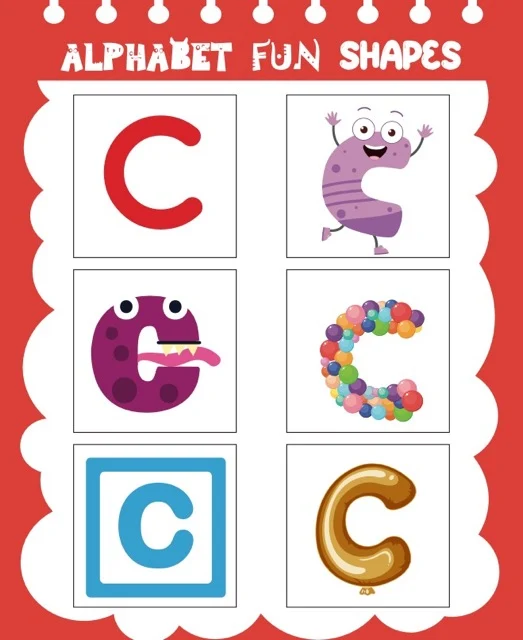







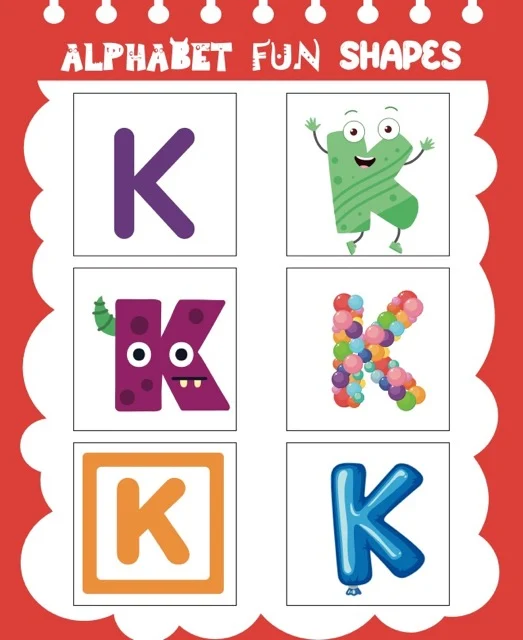
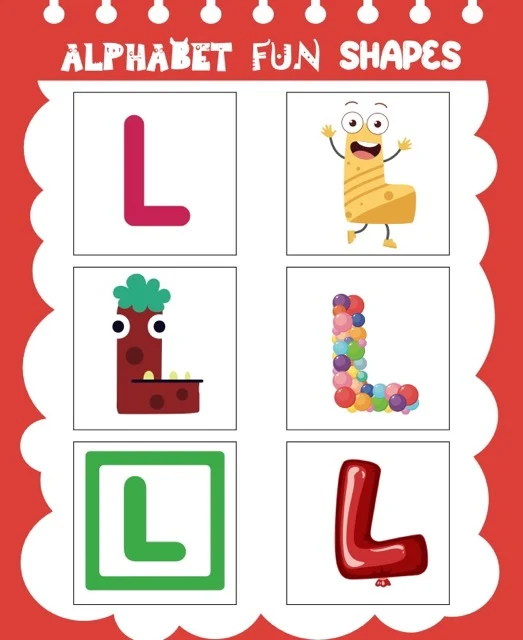





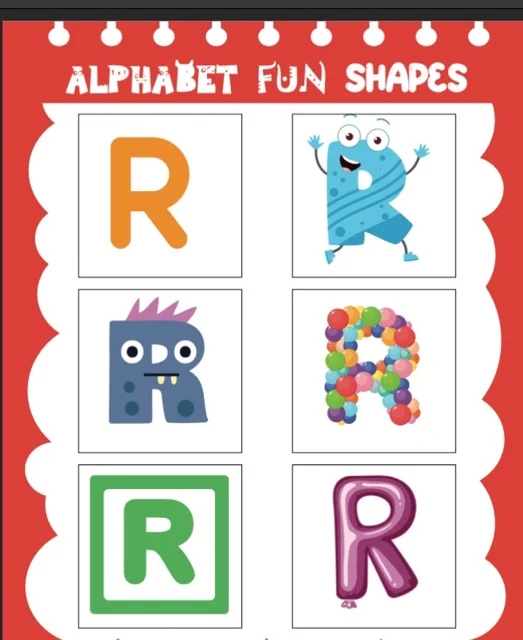































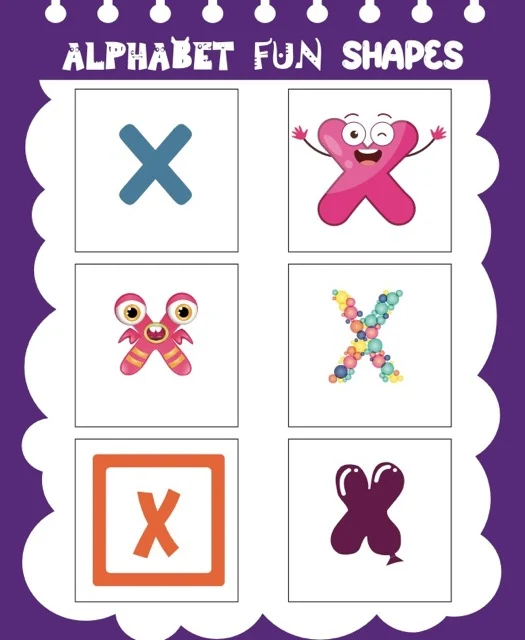


Frequently Asked Questions
Who are these tracing guides for?
They are suitable for anyone looking to learn or improve their cursive writing, including children, students, and adults. They are especially helpful for beginners.
How should I use these guides for practice?
Use a pen or pencil to carefully trace over the provided letterforms. Start with light strokes and gradually increase pressure as you gain confidence. Focus on the correct formation and spacing of the letters.
How often should I practice?
Regular, consistent practice is key. Aim for at least 15-20 minutes of practice several times a week to build muscle memory and see significant improvement.
Are there other resources to help me learn?
Yes! Beyond these guides, you can find many websites, workbooks, and mobile applications that offer supplementary practice and guidance to enrich your learning experience.
Difficult Words: A Simple Guide
- Aesthetic: Concerned with beauty or how something looks.
- Analysis: To examine something closely and in detail.
- Cognitive Function: The brain's ability to think, learn, and remember.
- Enduring Relevance: Continuing to be important and useful over a long time.
- Encompassing: Including a wide variety of things.
- Evolution: The gradual development or change of something over time.
- Handwriting Fluency: The ability to write smoothly, quickly, and without effort.
- Inquiry: An investigation or a process of asking questions to learn something.
- Letterforms: The specific, unique shapes of letters in an alphabet.
- Multifaceted: Having many different sides or aspects.
- Muscle Memory: The ability to perform a physical action automatically without thinking, learned through repetition.
- Paramount: The most important thing.
- Reinforces: Makes something stronger; to strengthen or support.
- Supplementary: Something extra that is added to improve or complete something else.
- Systematic: Done according to a fixed plan or system; methodical.
- Underscores: To highlight or emphasize the importance of something.